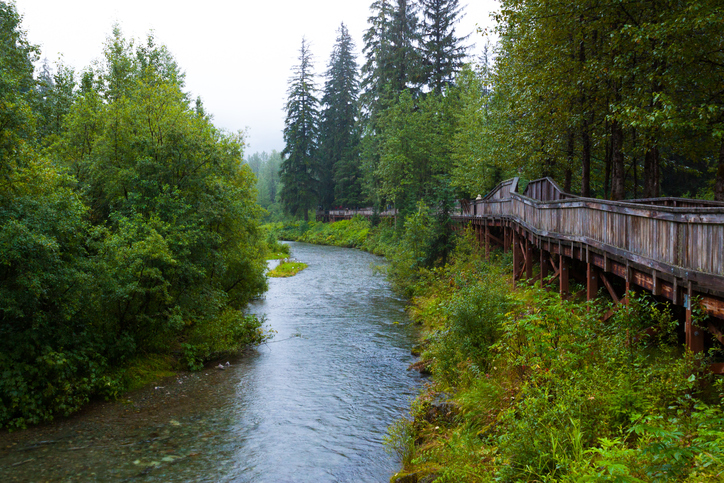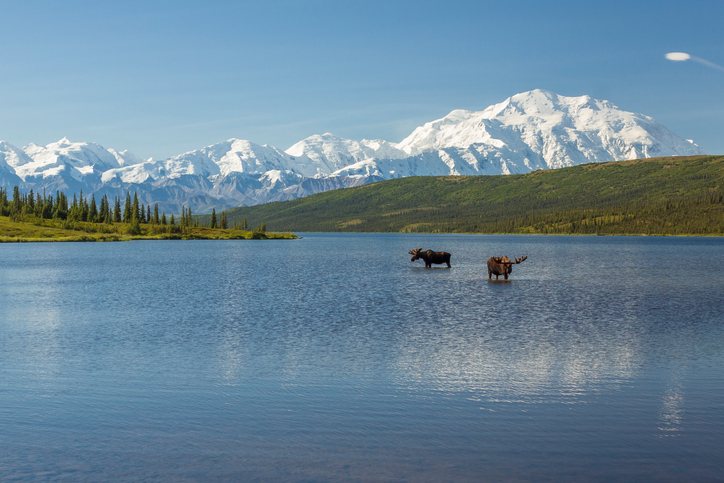In the far north, inside the Arctic Circle, in a place where man has not yet conquered nature, where the ground is uncolonized, and the land is vast, virgin and, in many cases, inaccessible, lies the last frontier of the 21st century.
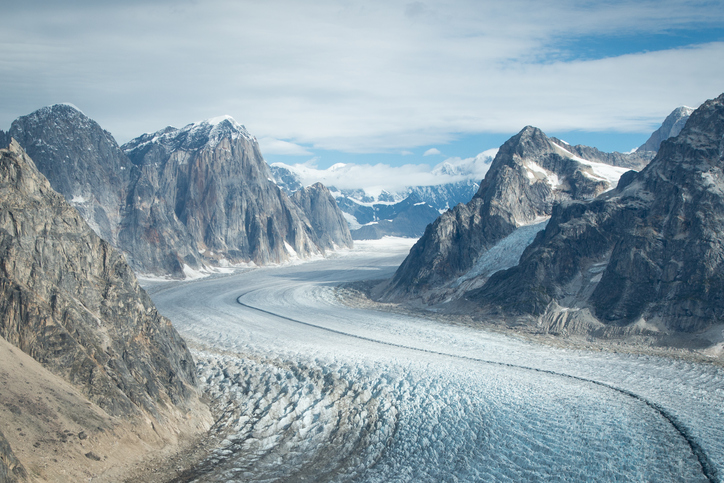
First came native Americans, then the Spanish, followed by Russians, English, Americans and more. In its short history, many have attempted – but failed – to dominate this land. If you’re looking to enjoy nature in its purest state, Alaska is, at the time of writing, one of the last places on the planet where you can travel to one of the final frontiers of our time. Beyond the ice and the cold, in summer, this place offers a natural bounty that overwhelms the senses.
Alaska is the largest state in the United States and three times the size of the Iberian Peninsula. It is a land where, in summer, the sun never sets and, in winter, the snow never quite finishes melting.
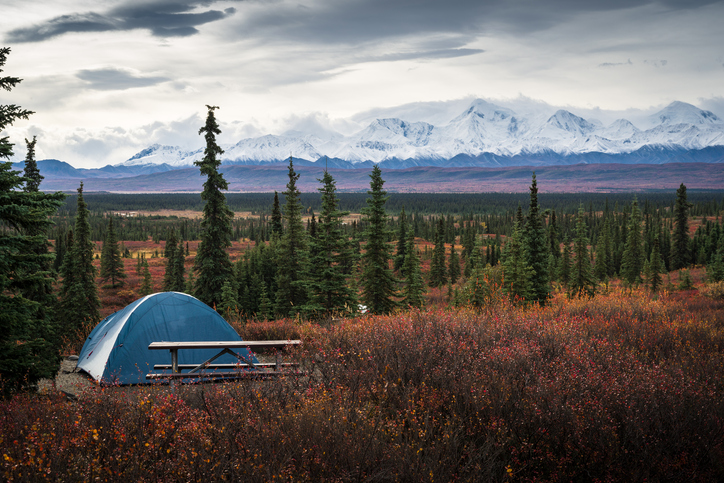
Every year, Alaska welcomes thousands of people from all over the world. They’re looking for an alternative to packed beaches and insufferable heat. Alaska hasn’t been fully explored and, as a result, offers an opportunity to explore nature at its most untouched – the land boasts more than 55,000 metres of coastline, 1,800 islands, more than 50,000 glaciers, 3,000 rivers, 3 million lakes and 8 natural parks.
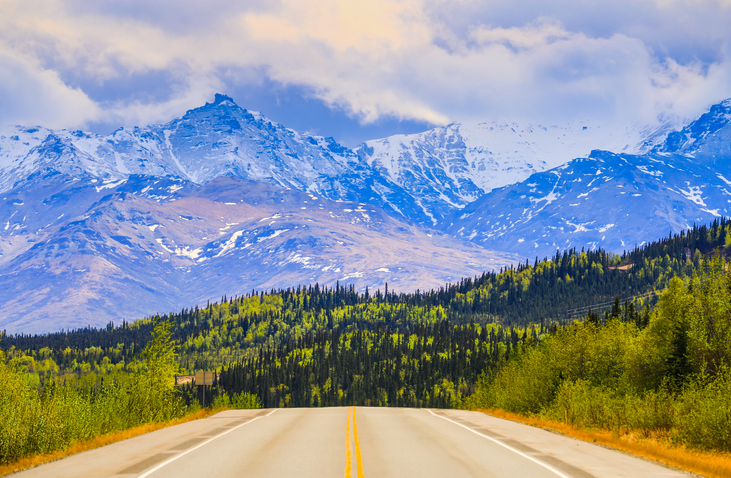
Despite the cliche, Alaska is not a frozen tundra. In fact, mountains and forests dominate its landscape. Its combination of colours, animals, and geography make it unique in the world and a majestic possibility for somewhere that you can actually have a real wilderness adventure in this day and age. You can travel for days through land populated only by animals, camp on the banks of rivers that have only ever seen Inuit canoes, live with bears, follow caribou as they migrate from the Arctic sea to the Kobuk Valley. You can contemplate orca, sea otters, walrus, whales, and other marine animals in their natural habitat. You can visit the Valley of 10,000 Smokes, home to the highest density of volcanoes on the American continent, or just admire Denali (Mount McKinley), the highest point in North America.
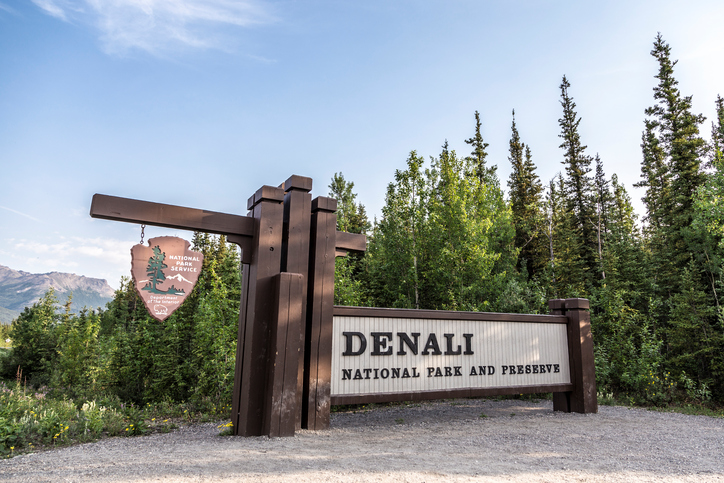
Watch and listen to the most massive glaciers in the Pacific north, wander along dunes formed in the last Ice Age. See the Copper River that welcomes more than 3 million salmon each year on their migratory journey. There is just so much to see in the Land of the Midnight Sun. Alaska is a dream come true for those who long for a virgin land, a paradise that looks like it came from a time long ago. It’s a place where nature is always front and centre and where it is possible to have adventures that today could only happen in a place like this.
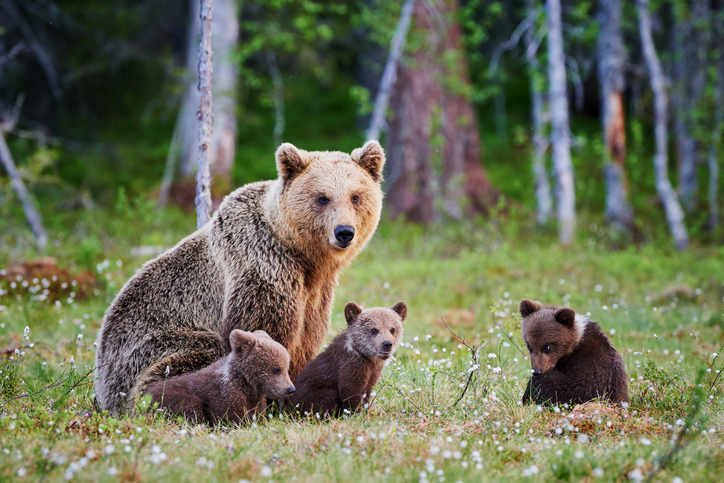
Polar bears, grizzlies, lynx, wolves, moose, caribou, orcas, eagles, and seals are just a handful of one of the highest concentrations of wild animals on our surprising planet. Getting to know Alaska is an adventure, a trip that will leave you marked by the beauty of the landscape, the naturalness of its people, and the peculiarities of the place itself.
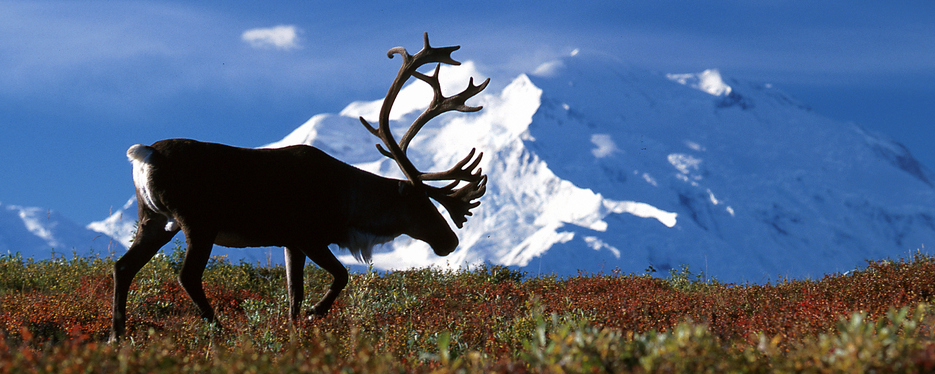
This beautiful land can be divided into four different areas with the city of Anchorage at its centre of departure. The most severe weather conditions in the state are found in the Arctic region, with an average year-round temperature of -12ºc and perpetual darkness from November to January (although the flip side of this is that in summer, there is permanent daylight). The coastal Bering Sea area belongs to Southwest Alaska and includes the Aleutian Archipelago. Due to its proximity to the wild Bering Sea, this area experiences strong winds almost year-round which keeps the temperature low, even in summer where it rarely gets above 10 degrees.
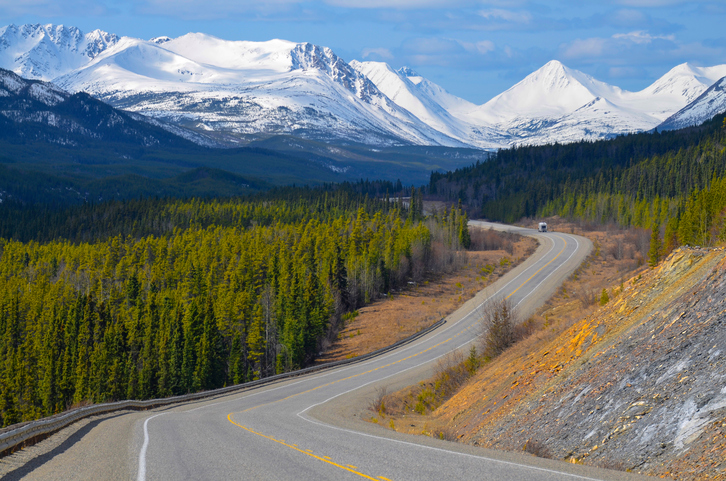
Southcentral Alaska, which stretches from the Gulf of Alaska to the Alaska Range, has a comparatively mild climate and, thanks to its landscape of glaciers, mountains and forests, has become a favourite destination for visitors and those eager to discover this paradise. This area is seismically active, with various active volcanoes and the singular Valley of Ten Thousand Smokes, named for the large number of volcanic vents in the area. Interior Alaska, meanwhile, includes the Yukon River area, and Tanana.
